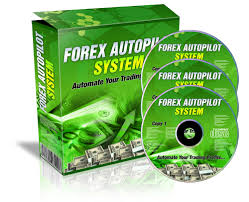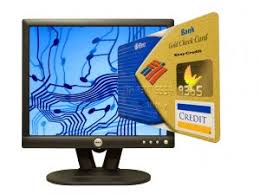Many people do not realize it but money is a product like many others products. It has a supply and demand and it has a cost. For many this sounds just impossible but a few examples would explain how that is true.
Money is a product every finance expert would tell you that or maybe you have heard that if you took some finance classes in the university. Products have supply which defines how much of the product is available in the market. Products have demand with attributes how much of the product is in demand in the market. And products have a price which indicates how much money it costs to get the product. In the case of money the price of the product is the product itself which can look weird and not intuitive to many.
Money has a supply. The supply of many is the amount of money that is available to the market. Usually the supply of money is controlled by the central bank or in the United States by what is known as the Fed which is actually the Federal Reserve which is the United States central bank. How is money supply being controlled? The simplest form is by controlling how much money is printed and infused to the market. The money we all use in notes or coins forms has to come from somewhere. The manufacturer of the money of you will controls how much money is manufactured or to be more accurate printed and minted. The supply of money is more complex than simple controlling how much money is printed. The supply of money is also controlled by the central bank using its reserve to release money to the market or to buy money back from the market. It is also controlled by the central bank providing bonds and other tools to the market allowing the market to borrow money from the central bank.
Money has a demand. Sounds weird? True that you could claim that money should have an infinite demand. We all want money and if we could get it for free we would get as much as we could of it. But since money has a price associated with it the demand for money is actually not infinite and depends on the money cost. At a cost of zero the money supplier which is the central bank would not sell any money to the market. At a cost that is too expensive or in other words if buying money cost more than you could profit from that money than the market would have no demand for it. If the price of money is anything in between than there would be a certain amount of demand and certain amount of supply.
Money has a price. The price of money is the cost of getting money. Since nobody will be willing to give money for less than its face value the price of money is always more than the money face value. The price of money is also known as interest. A money supplier would sell its money for terms that usually include two portions. One the buyer promises to give back the money after it used it for a certain amount of time. Second the buyer also promises to pay some interest either on a monthly basis or when returning the money to the seller. The price of money needs to make sense and like any other product it is where demand meets supply. Consumers and business would buy money if they can in return invest it to make more than the interest or have some other benefit that is worth the interest they have to pay. Banks would sell money at an interest that makes sense for them and if they have no other more profitable investment venue.
By : blane.house1380
Original Articles : Visit Site
Money is a product every finance expert would tell you that or maybe you have heard that if you took some finance classes in the university. Products have supply which defines how much of the product is available in the market. Products have demand with attributes how much of the product is in demand in the market. And products have a price which indicates how much money it costs to get the product. In the case of money the price of the product is the product itself which can look weird and not intuitive to many.
Money has a supply. The supply of many is the amount of money that is available to the market. Usually the supply of money is controlled by the central bank or in the United States by what is known as the Fed which is actually the Federal Reserve which is the United States central bank. How is money supply being controlled? The simplest form is by controlling how much money is printed and infused to the market. The money we all use in notes or coins forms has to come from somewhere. The manufacturer of the money of you will controls how much money is manufactured or to be more accurate printed and minted. The supply of money is more complex than simple controlling how much money is printed. The supply of money is also controlled by the central bank using its reserve to release money to the market or to buy money back from the market. It is also controlled by the central bank providing bonds and other tools to the market allowing the market to borrow money from the central bank.
Money has a demand. Sounds weird? True that you could claim that money should have an infinite demand. We all want money and if we could get it for free we would get as much as we could of it. But since money has a price associated with it the demand for money is actually not infinite and depends on the money cost. At a cost of zero the money supplier which is the central bank would not sell any money to the market. At a cost that is too expensive or in other words if buying money cost more than you could profit from that money than the market would have no demand for it. If the price of money is anything in between than there would be a certain amount of demand and certain amount of supply.
Money has a price. The price of money is the cost of getting money. Since nobody will be willing to give money for less than its face value the price of money is always more than the money face value. The price of money is also known as interest. A money supplier would sell its money for terms that usually include two portions. One the buyer promises to give back the money after it used it for a certain amount of time. Second the buyer also promises to pay some interest either on a monthly basis or when returning the money to the seller. The price of money needs to make sense and like any other product it is where demand meets supply. Consumers and business would buy money if they can in return invest it to make more than the interest or have some other benefit that is worth the interest they have to pay. Banks would sell money at an interest that makes sense for them and if they have no other more profitable investment venue.
By : blane.house1380
Original Articles : Visit Site









